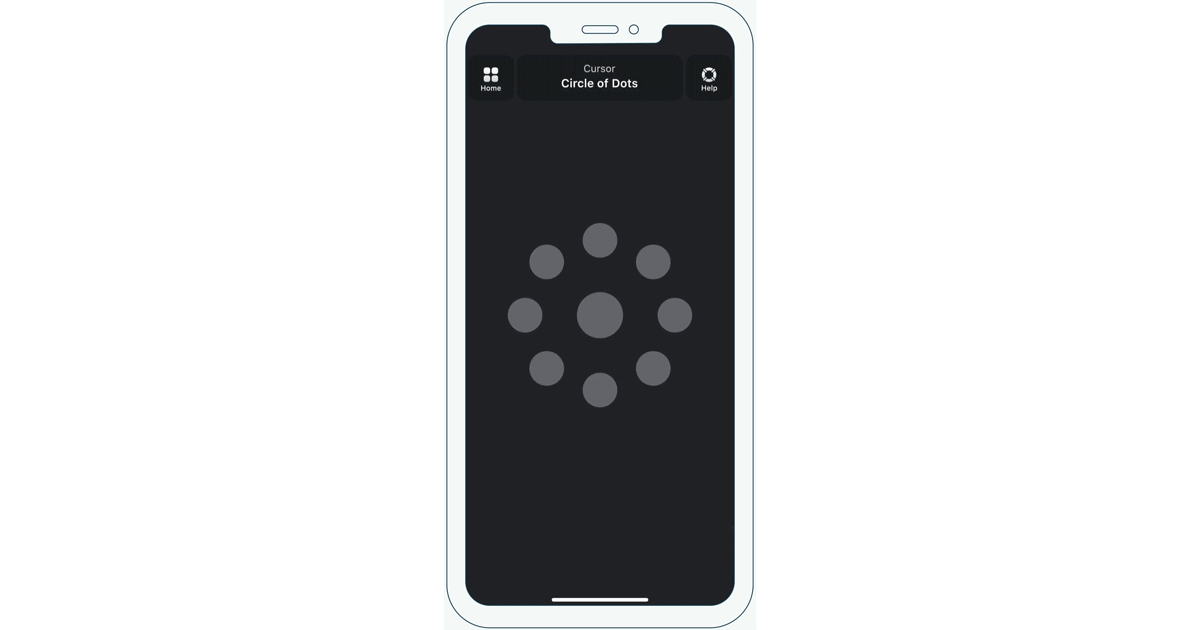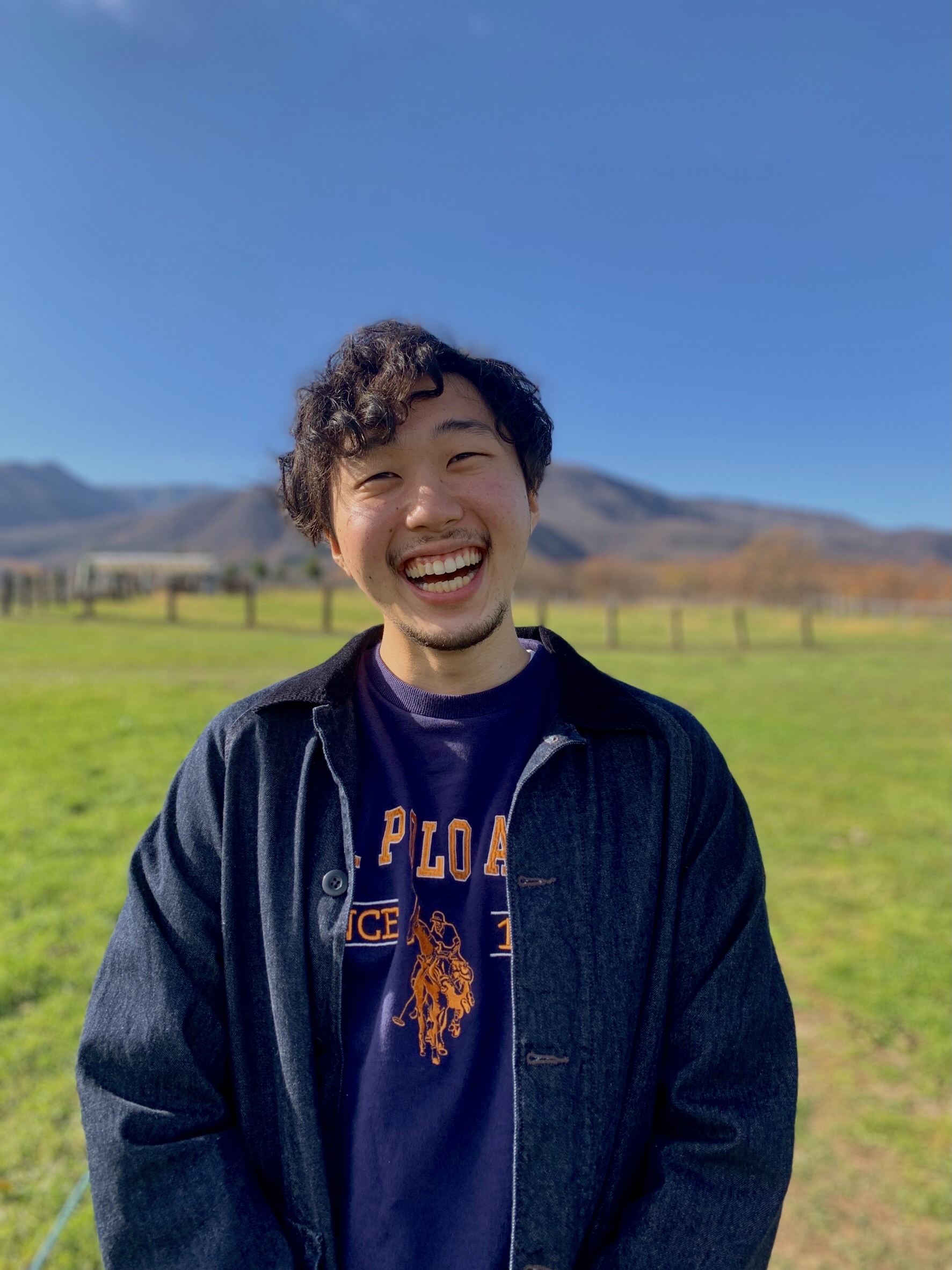
The technology of brain imaging has been studied for more than 100 years. In recent years, the demand for this technology and its technological capabilities have increased, and BCI (Brain-Computer Interface), which connects the brain and computer, has transformed from basic research to medical applications, and then to a form that anyone can use in their daily lives.
The meditation band "Neuphony" and CPU-powered device "Neurosity", which we have interviewed before, are aimed at everyday use cases, and, in addition to them, many companies that provide BCI, such as Nextmind and Neurable, are aiming to create devices that are not only highly functional but also wearable and portable.
Among them, the startup Blueberry, based in Toronto, Canada, provides BCIs that are especially small and wearable enough to be worn all day long.
This time, we had the opportunity to interview the founder of Blueberry, John D. Chibuk, about the technology behind the small size and excellent wearability, as well as their vision.
What is Blueberry?
Blueberry is a pre-seed stage startup founded in 2019 in Toronto, Canada, and led by CEO John David Chibuk and CTO Dr. Steve Mann.
The team has exceptional technical skills and entrepreneurial spirits. Chibuk, who we interviewed this time, founded an AI startup kiwi.ai as CTO, focusing on emotion and movement, and the company finally got acquihired. He had also worked at several companies as a hardware engineer as well as a software engineer.
Dr. Steve received his Ph.D. in Electrical Engineering from MIT and founded Meta View, Inc, a startup that provides wearable devices and other hardware. He also advises Muse, a mindfulness company with $30.4M in funding, and is a professor of electrical engineering at Stanford University and other institutions.
In addition to them, the team is composed of members with specialized knowledge, including Dr. Kyle Mathewson, who conducts research in cognitive neuroscience at the University of Alberta.
Successful miniaturization and long-term monitoring using fNIRS technology

Image: Blueberry Pod
Blueberry does not use EEG, a major technology that reads the brain's electrical signals, but fNIRS, a technology that uses near-infrared light to read the state of the brain.
When near-infrared light is shone on the head, near-infrared light is absorbed by hemoglobin, a component of blood, but the degree of absorption of near-infrared light changes if the hemoglobin is oxygenated. fNIRS is a technology that can indirectly detect the state of brain activity by measuring the degree of reflected near-infrared light.
Blueberry is one example of a company that has successfully transformed itself from a research-oriented company to an everyday-use consumer oriented company. fNIRS devices have traditionally been expensive, helmet-shaped devices for researchers.
The majority of fNIRS technology to date has been done more on the research side. So there's a variety of research devices that are in the high $1,000 category, that provides a very well attenuated signal for a researcher. But, they're kind of like a full head setup.
Chibuk explained to me that the fNIRS technology is smaller and more portable than EEG and allows for a longer monitoring time.
Blueberry started with trying to understand how a person's mind changes throughout the day. And to be able to capture some sort of signal that represents a person's mind or perceived kind of mental activity, the sensing kind of format needed to be small enough and work in many environments. So fNIRS is perfectly suited for that kind of use case of a sensor that can be worn throughout the entirety of the day, and measure longer form change in brain activity. EEG is more suited for kind of immediate reaction-based measurements, whereas fNIRS will give a better indication of a longer trend line or changes over.
Also, the main differentiators between Bluberry and other kinds of EEG devices are the ability to wear it in a format that can be modular and small, and are not specific or need to be in a large headband or over the ear headphones. Because it is a little pod of this size, it can be attached to glasses, or you could attach it to headphones, or you could wear it in a headband, but you're not constrained to wearing a massive device. You can take the thing off and put it in your pocket, which you can't really do with any EEG devices. So the size and the kind of portability of it is the main benefit.
In addition, fNIRS-based devices are relatively cheaper to make than EEG-based devices, and Blueberry's device can be purchased for only $195. fNIRS-based devices will become cheaper in the future, Chibuk said.
Analyzing brain activity associated with language processing from the temporal lobe using fNIRS, and measuring mental state

 Image: in the interview session on Zoom
Image: in the interview session on Zoom
Although the Blueberry is a small device, it does not lag behind in functionality. Using fNIRS technology, it can measure not only heart rate but also mental activity such as energy and stress.
The temporal lobe, which is the area that Blueberry measures, is responsible for processing related to language. In addition to reading and writing, the temporal lobe is also activated by even the sound of a fire truck.
However, research has shown that the amount of activity is reduced for more proficient actions such as speaking about ordinary things, and mental activity can be accurately measured based on the amount of activity.
Less activity can be an indication of more proficient effort. You don't actually need as much activation to speak or say the things. So low amount of activation can be a very positive indicator for an individual.
 Image: Mobile app Blueberry
Image: Mobile app Blueberry
Blueberry also provides mobile and web apps that allow users to view their measured data at hand. Users can also access their data through web APIs or send their data to Apple's HealthKit.
A product realized through more than 100 trials and errors.

Image: Blueberry journey extracted from the website.
Blueberry was founded about two years ago but has been gaining momentum, with the launch of several apps and developer kits in addition to devices.
What has its trajectory been like?
Chibuk told me that it took more than 100 trials to finally make the product what it is today.
He said there were three factors that he struggled with: appearance, accuracy, and whether the data is what the user wants.
Style is really important for me, enabling people to want it outside of their home. And that was a really hard thing to accomplish. Comfort is also really important. If you're not used to wearing glasses or having something on your head throughout the entirety of the day, it had to feel good.
Having a real-time feedback mechanism is very beneficial to people, if it works 100% of the time. If it's not true, then they have questions and they get more confused, and it doesn't become as helpful. So getting that feedback is perfectly fine-tuned was super important.
The last category was the measurement needs to be relative to the individual. So if I feel that the numeric representation is roughly representative of myself, that is much more important to the individual than some mass measurement. So I care more that it is measuring or giving me metrics or analysis that I can relatively compare myself to.
The user is the exclusive owner of the data. Privacy protection technology required.
Chibuk told me Blueberry allows various apps and tools to access your data, but the data is managed by the individual user, and the user can delete or not store the data themselves.
The base principle is that person who is wearing the device is the owner of the data. Ensuring that a person has full control of their information, to be able to export, delete, permanently delete their account, or just not send data to a backup server is really important.
Also, in the future, he said, we should incorporate the cutting edge encryption technology, such as that used in chat apps, to make it even more secure.
Because this stuff becomes more and more accurate over time, the sensitivity of the information becomes more impactful and needs to be guarded carefully based on the individual. I think we need to be more fidelity in our data management, using end-to-end encryption, as is done in chat apps like Signal.
For more seamless and faster communication.
The Blueberry is a BCI that can be worn on a daily basis, then how should a BCI be used in general?
Chibuk replied that understanding neurological symptoms could be the best use case.
Right now, the most poll that I've seen in the market has been on understanding neurological conditions. Being able to measure a person's brain to more properly assess and help people that are on a trajectory path of needing support, then there's a lot of value to this type of data that is collected, if certain indicators or measurements can be utilized to better understand the person. So that kind of medical, self-assessment data capture is probably the most pertinent immediate area.
He said that there are not only medical use cases but also many non-medical use cases, such as the button manipulation in the brain that Neuralink does.
 Demo Neuralink: Control the cursor by just thinking.
Demo Neuralink: Control the cursor by just thinking.
Faster and newer user experiences that connect the brain to the computer are being offered to individuals, but what lies ahead?
Chibuk answered, in the future, when those use cases are realized, we will be able to communicate more seamlessly and faster by transmitting our senses to others, in other words, we will be able to do things like brain-to-brain telepathy.
BCI is able to more quickly respond to our perceptive state. And we can transfer that information to other people, it will create new modalities of communication that we didn't have before. So whether that is visual, auditory, or some other form that has not yet come to fruition,if we can transfer information between one another in a more cohesive, seamless way. We believe that will be the trajectory for brain-computer interfaces.
Conclusion
This time, we had the pleasure of interviewing John D. Chibuk, the founder of Bluberry, a company that provides ultra-small size BCI.
Like Blueberry, which has succeeded in miniaturization and long-term monitoring using fNIRS technology, technologies that replace conventional methods may further accelerate the field of Neurotech.
